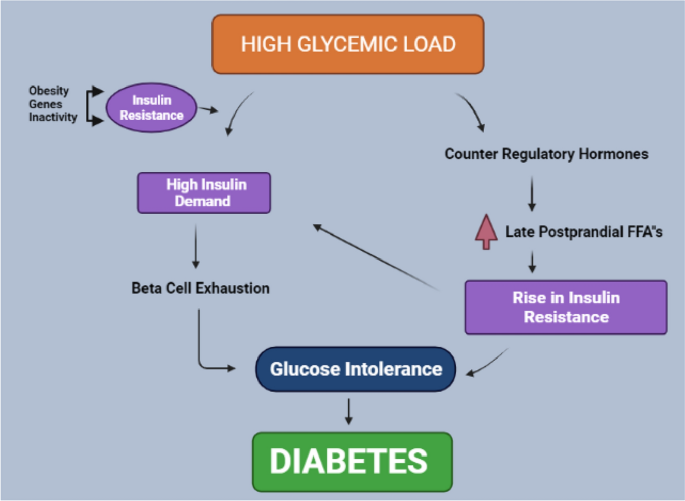A recent international study published in The Lancet Diabetes and Endocrinology has shed light on the potential role of low glycaemic index (GI) and low glycaemic load (GL) diets in preventing the development of type 2 diabetes. The findings indicate a strong association between dietary factors and diabetes risk, particularly among individuals with a higher Body Mass Index (BMI).
The study, conducted across five continents, revealed a clear link between high GI diets and the incidence of type 2 diabetes. The authors noted that while the association between GI/GL and diabetes incidence has been a topic of debate, their research underscores the importance of dietary choices in mitigating diabetes risk.
According to the authors, diets characterized by a high GI and high GL were significantly associated with an elevated risk of type 2 diabetes. This suggests that adopting low GI/GL diets could be a viable strategy for diabetes prevention, particularly for individuals at higher risk due to factors such as BMI.
The findings provide valuable insights into the role of dietary patterns in diabetes prevention and underscore the importance of public health initiatives aimed at promoting healthier eating habits. By encouraging the consumption of low GI foods, policymakers and healthcare professionals can potentially reduce the burden of type 2 diabetes on a global scale.
As the global prevalence of type 2 diabetes continues to rise, initiatives that focus on preventive measures, such as dietary interventions, are becoming increasingly important. By emphasizing the significance of low GI/GL diets, this study highlights a practical and accessible approach to diabetes prevention that could have significant public health implications.






